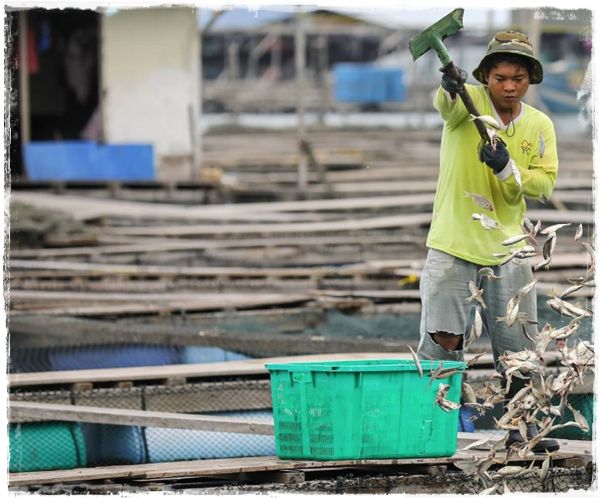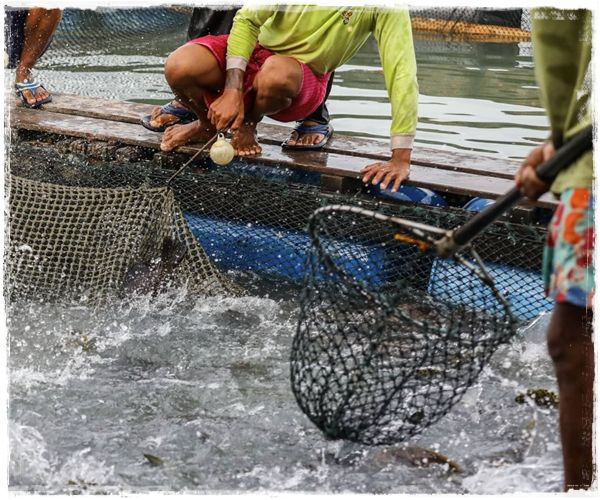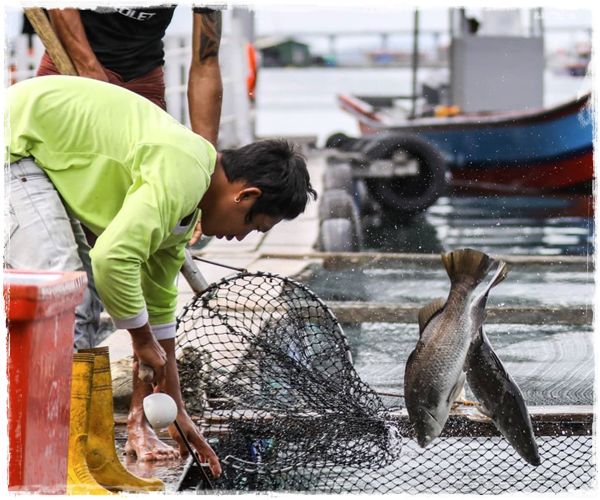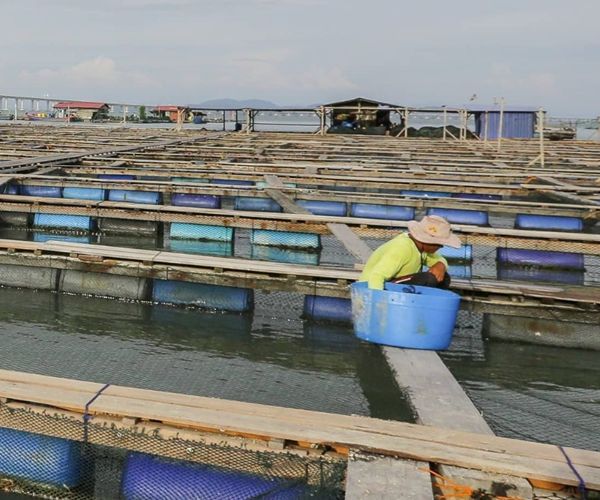
Established since 2018 with a team of experienced aquaculture specialists from HLY Ocean Aquaculture, it endeavors for excellence through both professional management practices as well expertise on how best care for hatching and breeding process. invested more than 10 millions Ringgit Malaysia on building up 268,000 square feet fish farms in Batu Maung Sea Areas mainly for hatching and breeding of pearl grouper.
Join As HLY Member Now!
The first pearl grouper was a fish cross-bred by researchers from Universiti Malaysia Sabah(UMS), Malaysia, in collaboration with researchers from the Borneo Marine Research Institute of UMS, the Fisheries Development Authority of Malaysia (LKIM) and Kindai University of Japan, represented by Shigeharu Senoo of UMS. Pearl grouper was produced by fertilising the eggs of the tiger grouper (Mycteropercatigris) with the sperm of the giant grouper (Epinephelus lanceolatus) through the in-vitro fertilisation (IVF) technique.

Adult fish caught in natural sea areas or cultured adult fish can be used as broodstock. The female fish prefers those with a body weight of 5 kg to 8 kg and an abdomen that is swollen and soft; the male fish prefers those with a weight greater than 8 kg and anabdomen that allows the semen to flow out with light pressure. Male and female broodstock are matched in a 3:1-8:1 ratio. Grouper broodstock were kept or temporarily raised in indoor cement ponds and cultivated through artificial reinforcement with daily water changes and sewage suction, allowing the broodstock to naturally spawn and fertilise, resulting in high-quality fertilised eggs.

Grouper is a carnivorous fish, and the primary feed used for feeding is small, fresh trash fish. Generally, use a fish cutting machine to cut the small trash fish into a suitable size and feed it, depending on the size of the grouper. The feeding coefficient varies from5 to 12 times due to the different types of feed fish. Groupers have higher requirements for feed palatability, such as softness, hardness, colour, and taste, and prefer to eat soft pellets, light-colored and bright feed pellets, according to research.

To avoid hypoxia accidents, choose a reasonable fish fillet density. In addition to feed bait during the breeding process, the fish's growth, feeding, activity, and body colour should be monitored and checked on a regular basis. It is also necessary to check the number of organisms attached to the fish steak on a regular basis and to remove the attached fouling organisms on a regular basis in order to keep the water flowing inside and outside the fish steak, monitor the water quality, and protect the breeding environment.





